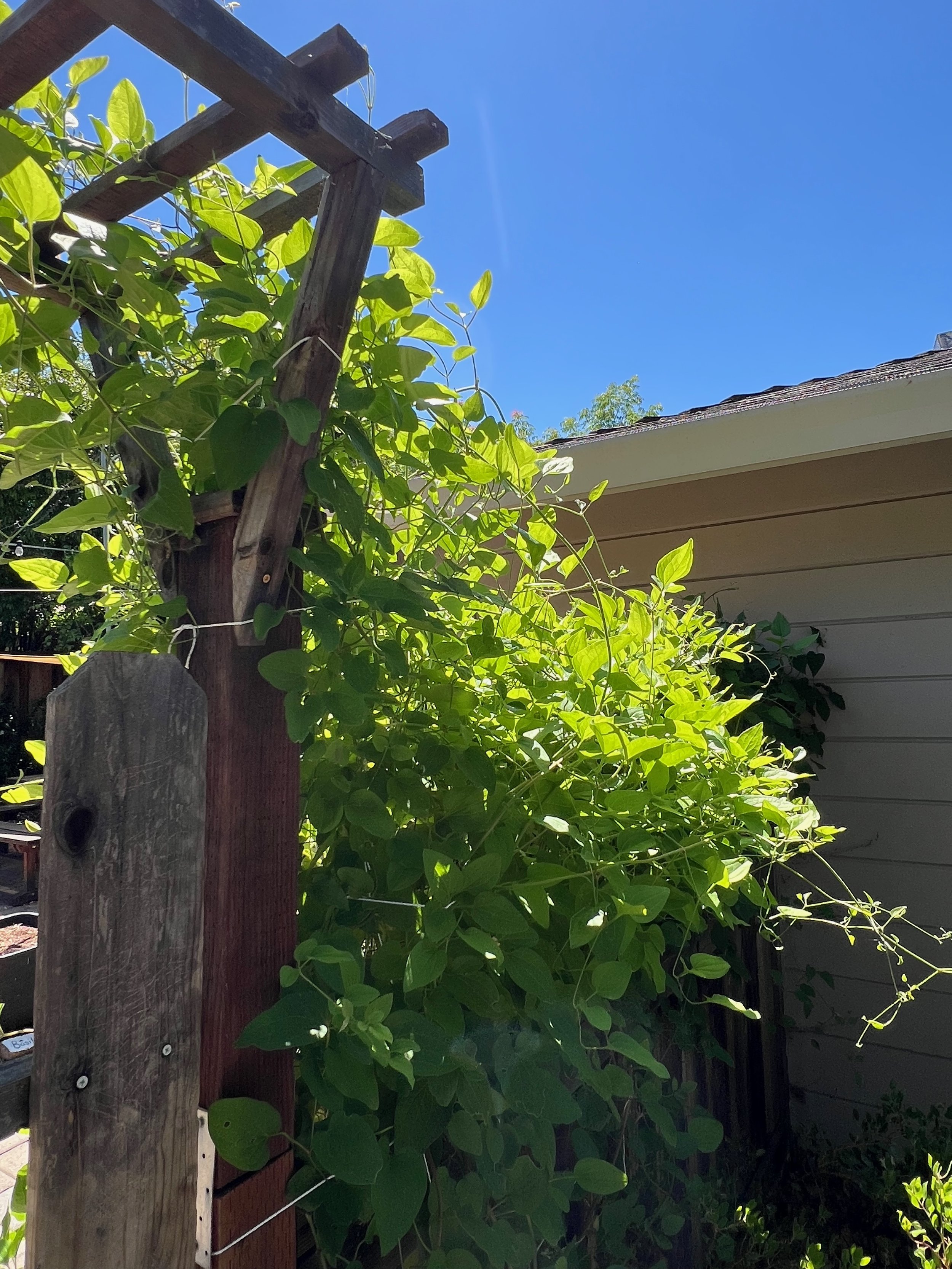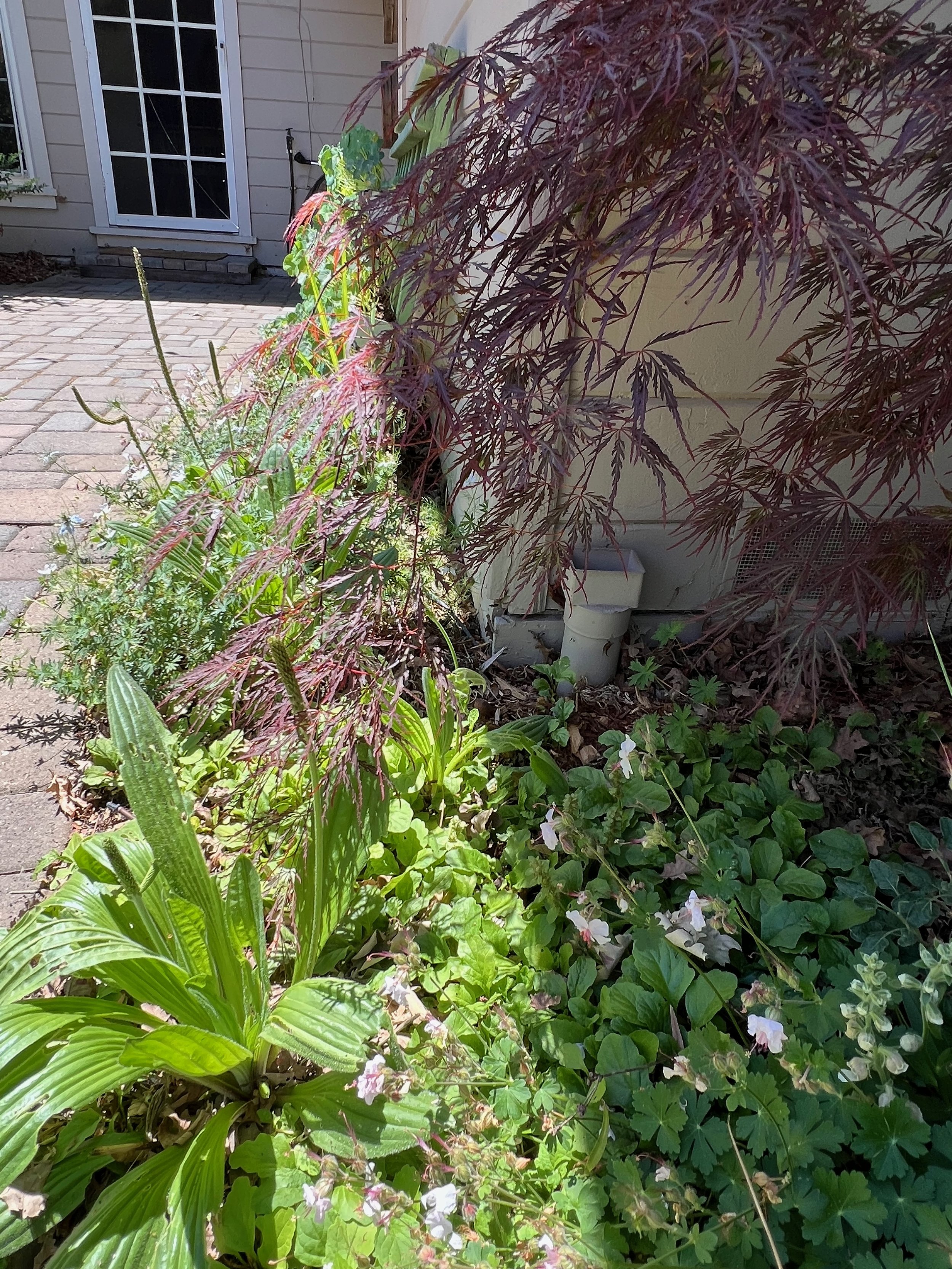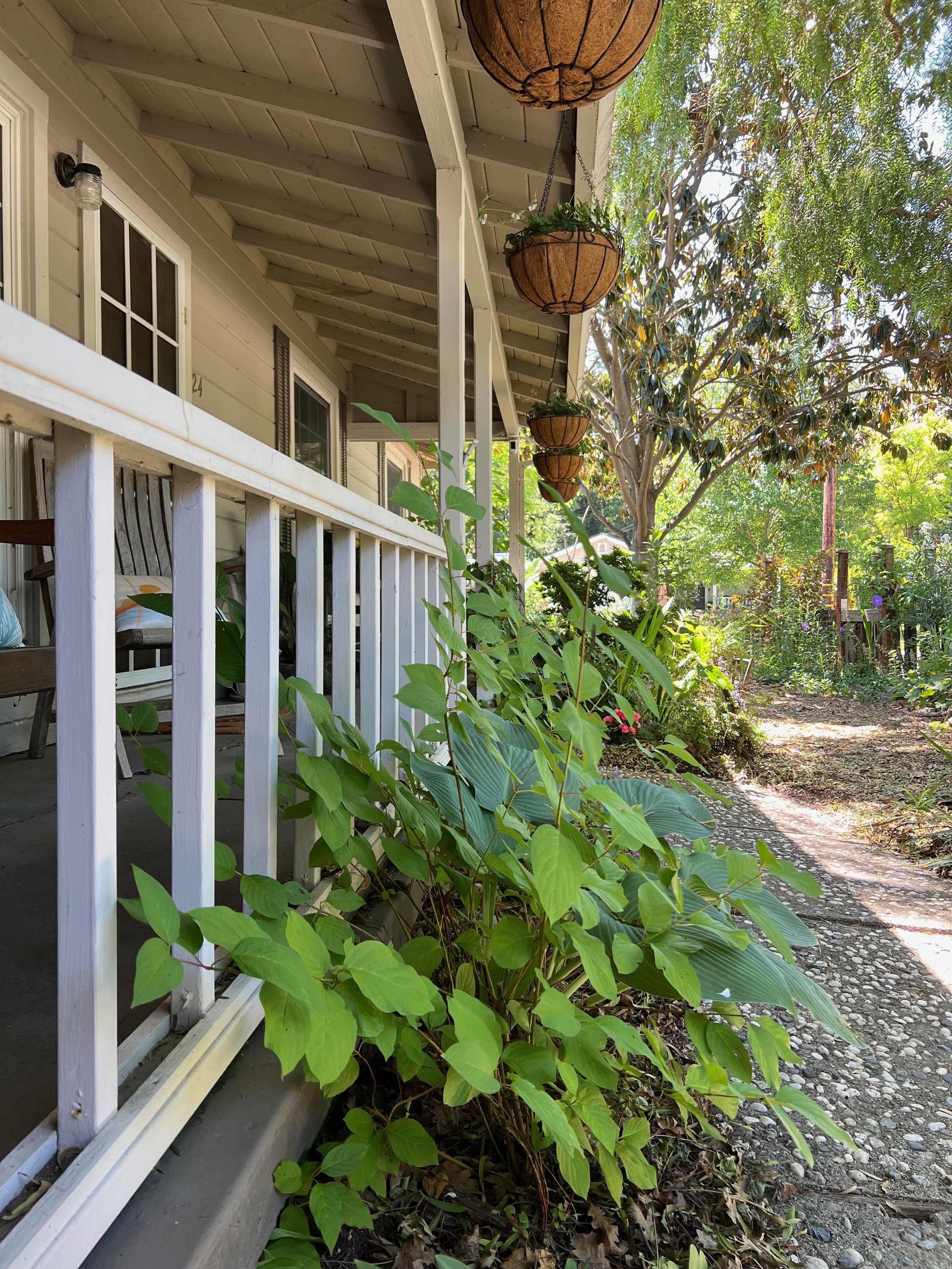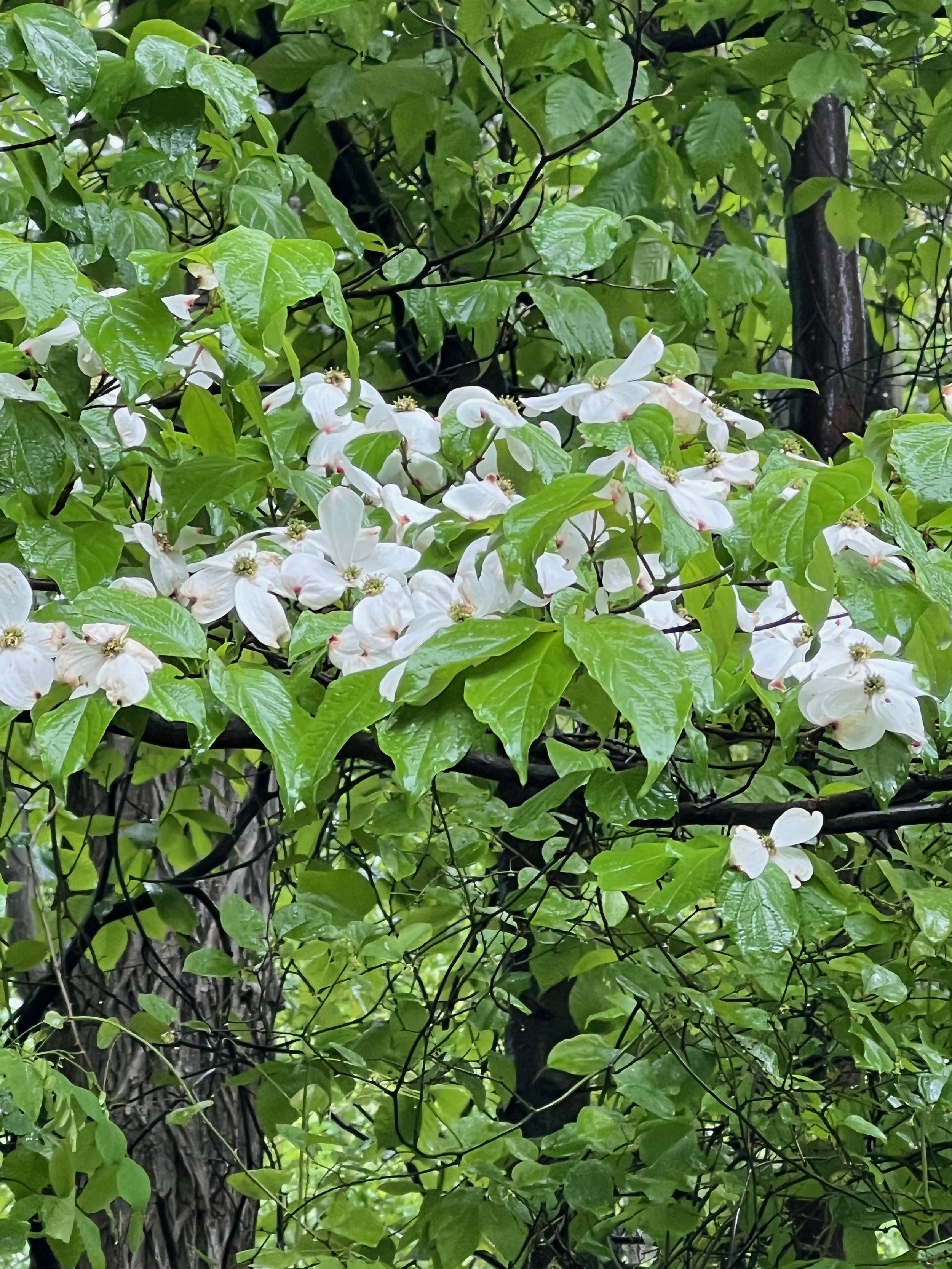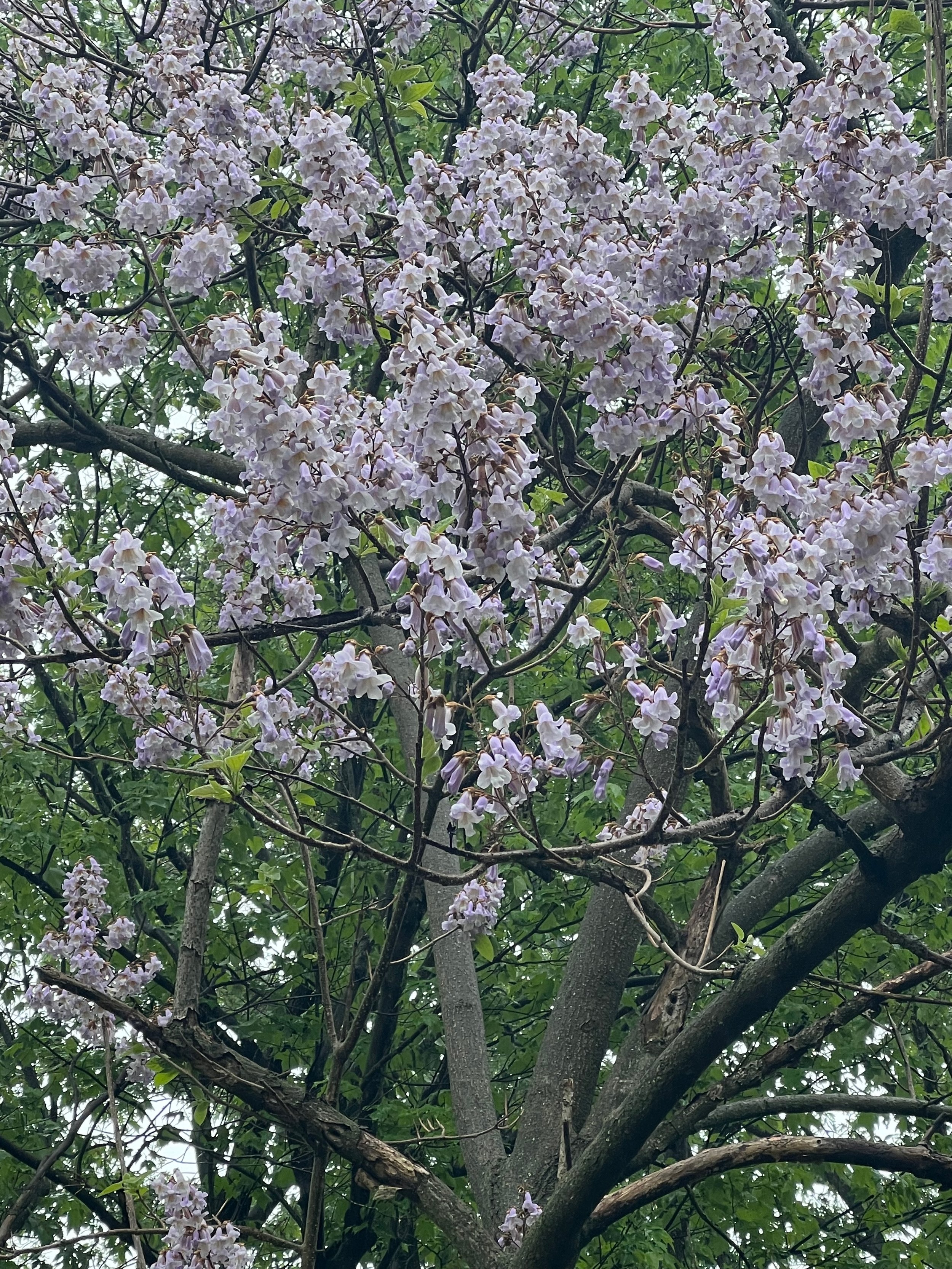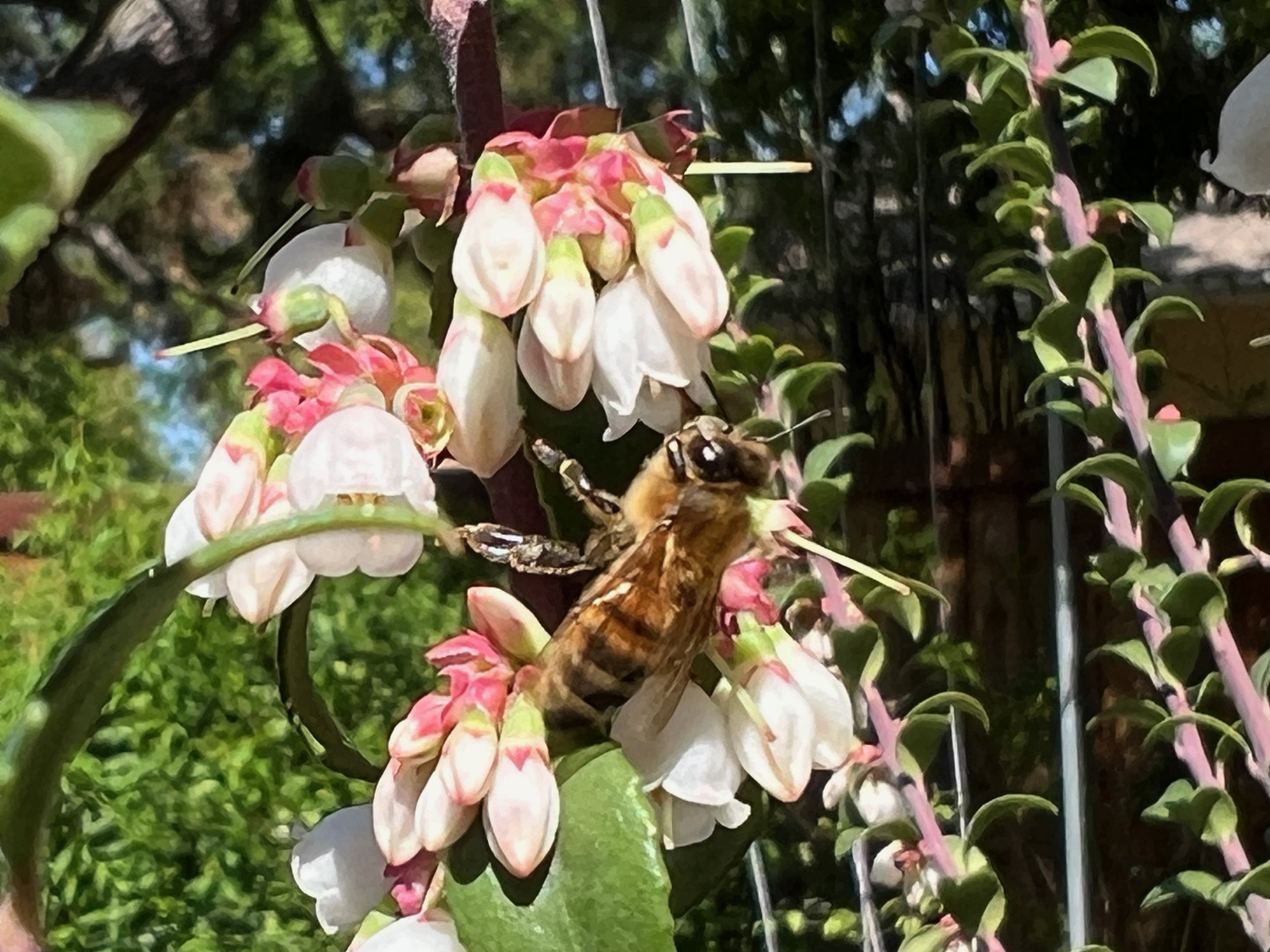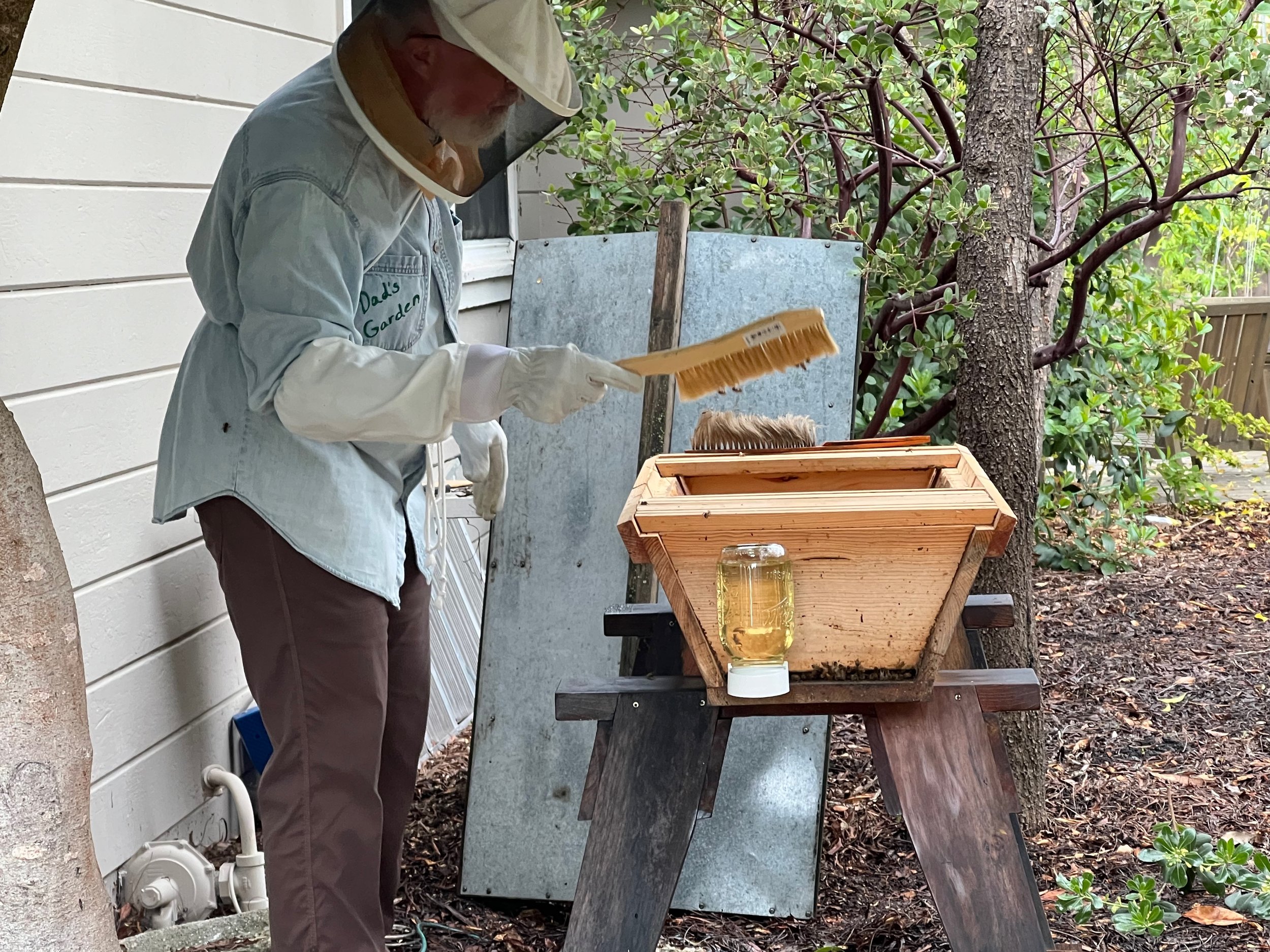I had the pleasure of teaching Permaculture this semester for the first time. While I have always known a little about the philosophy, I had never fully researched its methods and theory. I think, going in, if you had asked my (very unformed) opinion about it, I would have said that permaculture was all about individual ‘things;’ things like hugelklultur, and food forests, and fruit tree guilds, and buildings made of straw or cob, and perennial plantings. And permaculture does incorporate all of those things, but I have discovered that it’s really so much bigger than any one ‘thing.’
Permaculture is actually a way of seeing the world. It uses systems thinking to solve practical problems. It works with nature, rather than against it. It observes, and enters in to the flow rather than manipulating. It values a set of ethics and principles which can be used in gardening but also in general life. Permaculture asks that we put the ideas of Earth Care, People Care, and Fair Share front and center; everything else we do leads from those. Once we do that, it’s easy to see what the next steps are.
All permaculturists agree with those three ethics, but they tend to waver a bit when it comes to the principles. This is natural. We each have our own principles when it comes to gardening, they are very personal. But when you’re the teacher, you’ve got to teach the originals. The founders of the method (Bill Mollison and David Holmgren) had a list that looked something like this:
The one that has intrigued me all semester is #11, Use Edges & Value the Marginal. This principle reminds me of the scientific word ‘ecotone,’ which I’ve written about before. An ecotone is simply an area of transition between two biological communities. For example, in California this might mean the edge between Grassland and Oak Woodland. These ecotones are biologically rich, having aspects of both communities in one place. I’ve said before that I consider my suburbs an ecotone, straddling both the city and the open space that surrounds it. These ecotones should not go to waste. They should be used.
But it’s not just the edges, it’s also the marginal. We often ignore the marginal in our society, whether it’s people and communities, or bugs and weeds. The most ‘seen’ things are often attractive, but don’t have the depth that the marginalized do. Of course, the marginal things are integral to the whole.
When I think about urban areas, I often think about edges. Hard edges. Walls, fences, sidewalks, streets, buildings, driveways. These edges have their challenges. But they also have a lot of promise and possibility; especially the areas between the hard and soft places. It’s useful to notice what survives there. What thrives there. Some plants actually prefer living on the edge.
For some reason (maybe it’s too close to dinnertime), I’m thinking about lasagna. Sure, the center is all soft and oozy, but the edges, where the heat of the pan meets the melty cheese and the doughy pasta, and crisps them up, is where all the flavors reside. It’s a tricky place and requires balance, but the interface between things is where the most interesting things happen.
You can also think of these edges as ‘liminal space.’ A threshold. A place neither in one world or another. A place where magical things can happen. It’s uncertain. Maybe even a little bit unsettling. It makes you stop and take notice instead of just skimming on past.
Zooming out into the big picture, these edges and margins can massively increase the biological health of our planet. Aesthetically and closer to home, they can soften the urban landscape and make for a more pleasant place to live.


